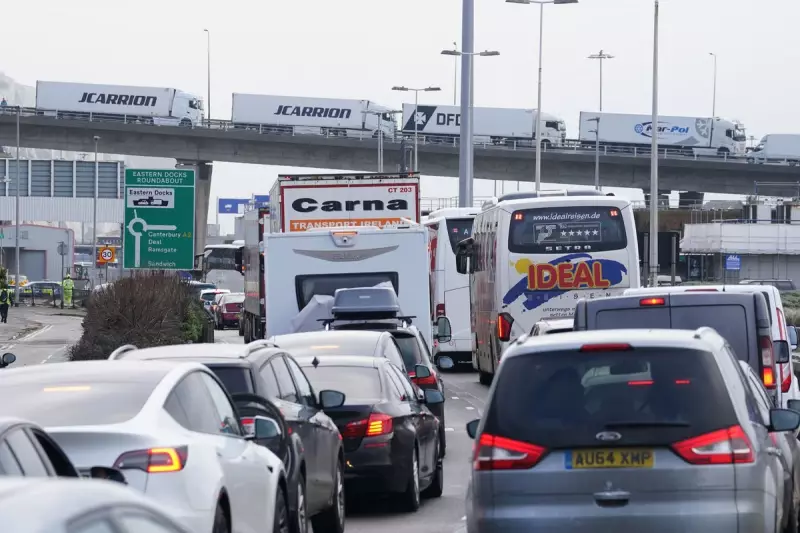
Britain is poised for its most significant border transformation in decades as the European Union's Entry/Exit System (EES) prepares to roll out this autumn, fundamentally changing how travellers move between the UK and EU nations.
The automated IT system, scheduled for implementation in October 2024, will register non-EU visitors each time they cross an external EU border, creating a digital footprint of their movements.
What the New System Means for British Travellers
Under the incoming framework, UK citizens will face enhanced scrutiny when visiting EU countries. The system will require:
- Collection of biometric data including fingerprints and facial images
- Recording of passport details and entry/exit dates
- Digital tracking of overstays and compliance with visa-free limits
While designed to strengthen security, the additional checks are expected to significantly increase processing times at ports, airports, and rail terminals.
Post-Brexit Border Reality Bites
The EES represents another tangible consequence of Britain's departure from the European Union. Whereas British travellers previously enjoyed frictionless movement within the bloc, they will now join the ranks of other third-country nationals subject to systematic border registration.
Eurotunnel and ferry operators have expressed concerns about potential congestion, particularly at the crucial Channel crossing points where millions of British tourists begin their European holidays each year.
Preparing for the New Travel Era
Transport authorities and travel companies are racing against the clock to adapt infrastructure and processes before the system goes live. The government advises travellers to:
- Allow extra time for border crossings from October onward
- Ensure passports meet validity requirements
- Familiarise themselves with the 90-day visa-free limit for EU travel
The implementation marks a definitive shift in the UK-EU relationship, replacing the seamless travel Britons once took for granted with a more formalised, documented approach to cross-border movement.





